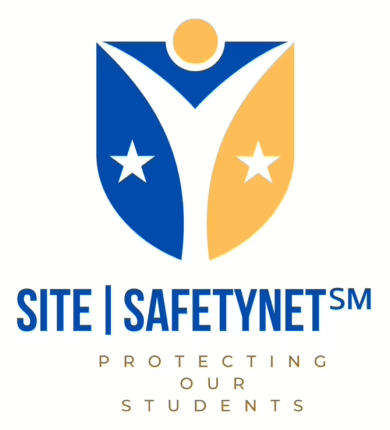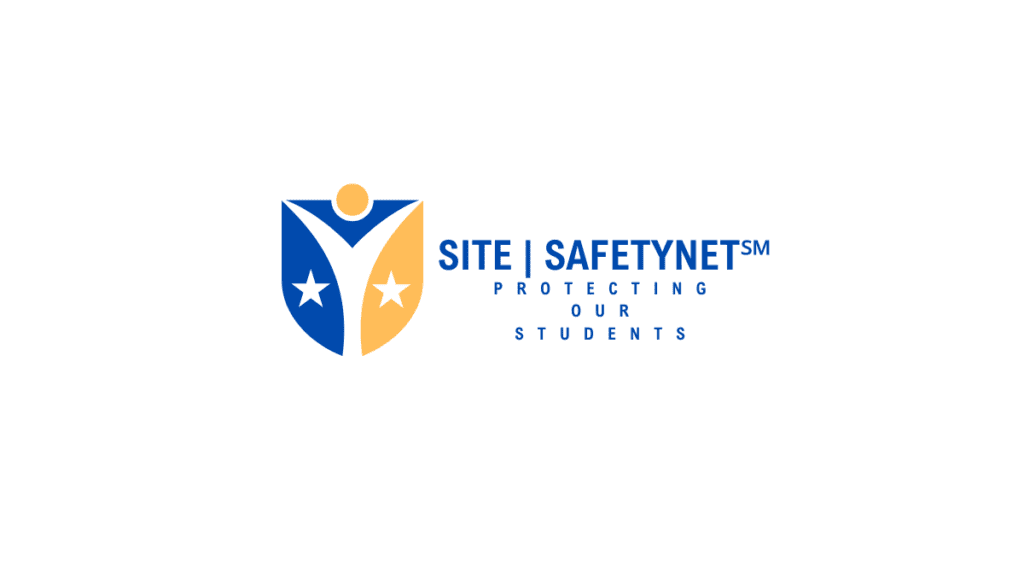 Protecting Our Students
Protecting Our Students
By Robert Jordan
Introduction:
A recent ruling by a Nashville judge regarding the nondisclosure of Covenant School shooter Audrey Hale’s writings has ignited a complex debate surrounding the intersection of public interest and privacy rights. The decision, which blocks the release of Hale’s writings, protects the victims’ families’ copyrights and prevents potential harm from copycat incidents. This case presents a pivotal moment for discussions on how information related to violent incidents should be handled, mainly when it involves sensitive content. #schoolsafety
Background of the Case:
In a tragic event that shook the Nashville community, Audrey Hale executed a planned attack on the Covenant School, leading to multiple casualties. Following the incident, there was a public outcry for the release of the shooter’s writings, believed to contain insights into the motives behind such a heinous act. However, the court has decided to withhold these documents, citing significant concerns about copyright protection and the potential for encouraging similar actions by disseminating the shooter’s thought process and planning. #activeshooter
The Court’s Rationale:
Several key factors influenced the court’s decision:
- Copyright Protection: The rights of the victims’ families are being prioritized, allowing them to control how and if the writings are ever made public.
- Preventing Copycat Incidents: The court aims to mitigate the substantial risk that the writings’ release could serve as a blueprint for future attackers.
- Mental Health Considerations: Releasing the writings could have unforeseen effects on community mental health, potentially traumatizing survivors and families further.
Public Interest vs. Privacy Rights:
The core of the debate centers on the public’s right to information versus the privacy rights of the victims and their families. Advocates for the release argue that understanding Hale’s motives could aid in preventing future tragedies, contributing to better risk assessment and mental health awareness. On the other hand, privacy advocates emphasize the need to respect the families’ grief and legal rights and the safety implications of making such information publicly accessible.
Implications for Future Cases:
This ruling sets a significant precedent for how sensitive information related to criminal cases is handled, especially in situations involving mass shootings. Legal experts suggest this could lead to stricter controls on similar documents, balancing transparency with protecting individuals’ rights and societal safety.
SITE|SAFETYNET℠’s Perspective:
From a safety and security standpoint, SITE|SAFETYNET℠ understands the complexities involved in such decisions. While transparency can sometimes aid in enhancing security protocols and preventive measures, protecting individuals’ privacy and mental well-being must also be a priority. Our approach always advocates for a balanced strategy that considers the educational value of information and the potential risks associated with its release.
Conclusion:
The Nashville judge’s ruling on the Covenant School shooter’s writings highlights the ongoing challenge of managing sensitive information in a way that respects both the public’s need for understanding and the privacy of victims. As this debate continues, it will undoubtedly influence policies and practices surrounding information disclosure in violent incidents. SITE|SAFETYNET℠ remains committed to providing resources and guidance supporting public safety and respecting individual rights. Overview Video [1 min]
Supreme Court Overturns Bump Stock Ban: A Call to Action for Enhanced School Safety
School Safety in U.S. K-12 Education: An Analysis of Dedicated Website Safety Pages

 Protecting Our Students
Protecting Our Students